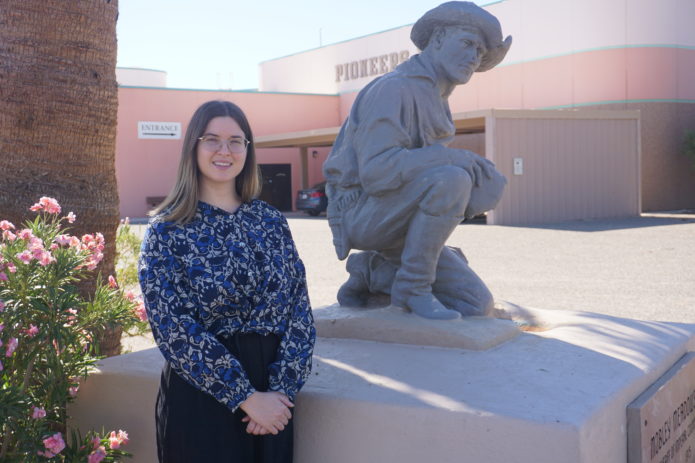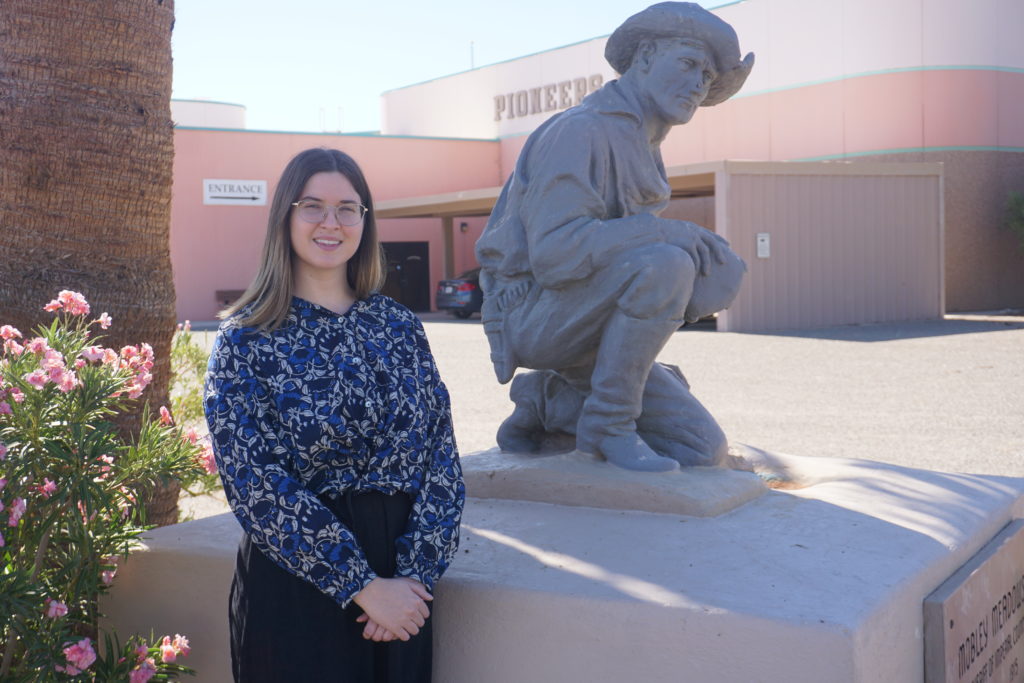
Standing in the center of a great hall within the Imperial Valley’s Pioneers’ Museum, one is surrounded by a massive historic pipe organ from 1904, a gallery that celebrates the region’s cattle industry, and another that celebrates the history of the Imperial Irrigation District and the work of pioneers to bring the waters of the Colorado River to the Valley.
All of it tells the story of the Imperial Valley, and it’s a story that Caitlin Chávez, who has served as the museum’s director since January, wants to share in a way that brings this history to life and reminds anyone who visits the museum just how incredible this history is.
“It’s a turn-of-the-century, modernization kind of story,” said Chávez, interviewed for this story days before the museum’s fall opening. “People are drawn to the map board at the IID gallery, and they get a better understanding of our water history and the agricultural industry. They come to the museum, and they see the diversity of the settlers who came to this region, and they understand the struggles and hardships these pioneers faced as they moved here.”
It means a great deal to Chávez that she has been entrusted by the Imperial County Historical Society Board of Directors, which oversees the museum, to share that story.
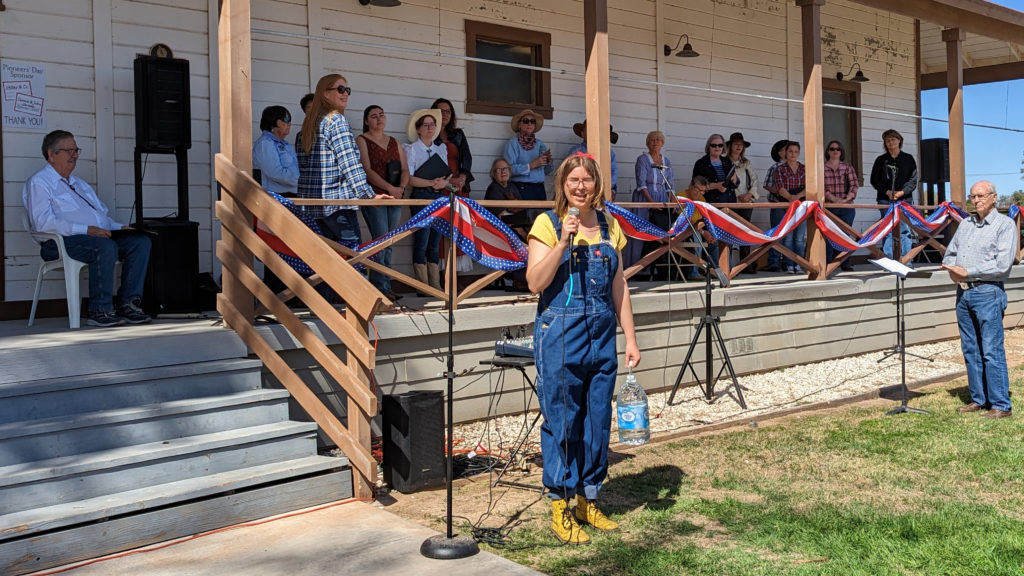
“I want to hear people say that ‘yes, that’s our museum, our community museum,’” she said, adding, “I want people to realize the treasures and resources we have here.”
Pioneers’ Museum is part of a 20-acre park located off Highway 111 and Aten Road in the city of Imperial. The museum, in its current location, was built in 1992 thanks to the donations and work of the historical society and over the years has expanded into a two-story, two-building complex.
Outside the museum, on the sprawling park grounds, are historic buildings, including one of the earliest schoolhouses built in the Valley, an old jail from the city of Holtville and a train depot. Throughout the grounds are historic farm equipment and vehicles essential to the early days of agriculture in the Valley.
Inside the museum, visitors have a chance to explore the Valley’s history and culture.
Along with the grand hall featuring the history of the cattle industry, the history of water, and the history of IID, another massive hall features galleries from the diverse cultures that settled the Valley. One hall honors those from the Valley who served in the military dating as far back as the Spanish American War of 1898. That hall leads to a courtyard that honors the names of fallen soldiers on a memorial wall and a tribute to those from the Valley who were stationed or harbored at Pearl Harbor when it was attacked.
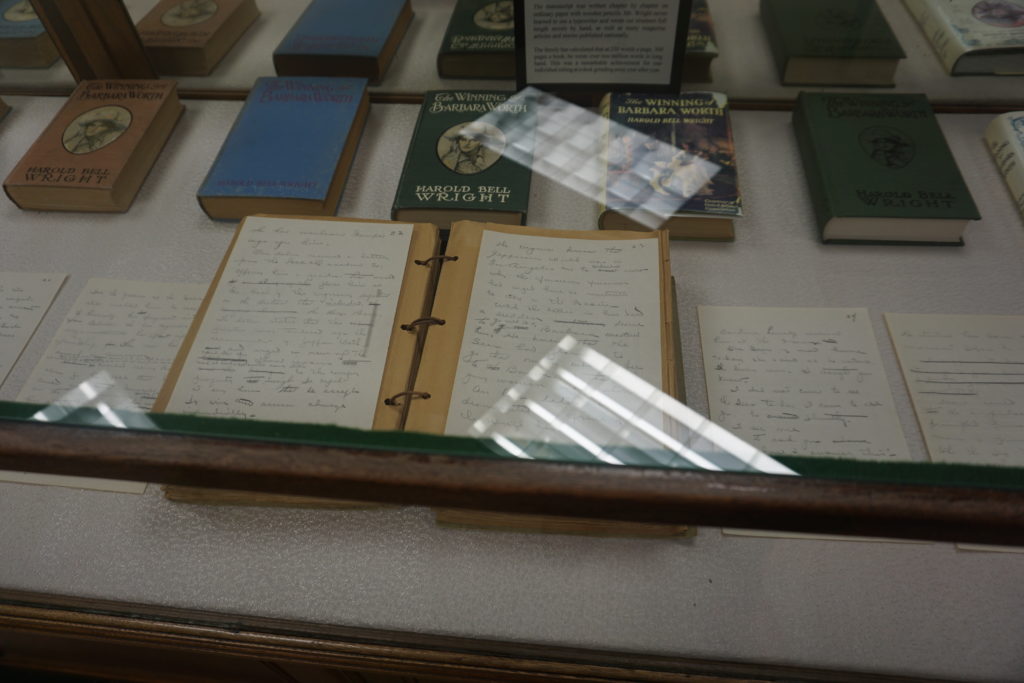
Upstairs, galleries showcase what life was like for the early pioneers from the tent houses they built in those first years, to how they built their farms and expanded agriculture over time . One of the highlights on the second floor is a section of the old plank road—the wooden single-lane roadway that allowed vehicles to cross the desert.
“Visitors of all ages enjoy learning the history of Imperial County, from our origins of a barren desert through the lassoing of the Colorado River to create an agricultural mecca supplying the nation’s winter greens,” she said. “Our school tours share more about the diverse ethnic immigrants who created their homes and built businesses here at the turn of the twentieth century. Children on our field trips are always amazed at the grit of the first people to arrive to the Valley and their ability to survive and thrive in those early days.”
Chávez, who was born and raised in Beaumont, Texas, and whose educational and professional journey included studying in Paris, France, said the Valley is very much like her home—and in fact, she now sees the Valley as home.
“There is so much beauty here—the wide-open spaces, the mountains in the background,” she said. “Being able to see the ag process is really beautiful. And there are the colors of the desert you can see.”
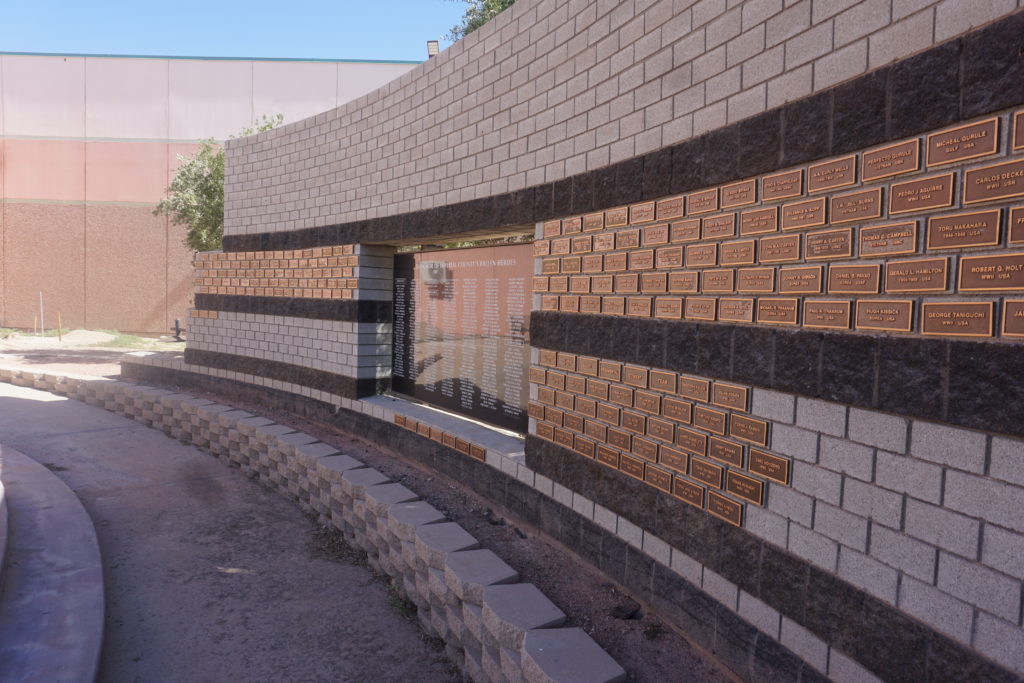
For Chávez, who is also an educator, her journey to the Imperial Valley is a story of discovering her passion for sharing history, culture, and the arts through museums.
That journey began with her desire to learn French as part of her family heritage—thanks to her grandmother who spoke the Cajun dialect of French. That interest led Chávez to study French at Lamar University in Beaumont, and once she earned her bachelor’s, she traveled to Paris to continue her education at the University of Kent, part of the School of European Cultures and Languages from which she earned her first master’s degree in 2014.
It was while studying there that she developed a love for museums. “It was just the sights and the connections you would make, thinking about the past and their cultures,” she said. “There was just something about immersing yourself in the cultures of people who lived centuries ago and learning so much from them.”
When Chávez returned home to Beaumont, she began teaching French at Lamar University. During this period, she also sought a second master’s degree in art history from the University of Houston, which she earned in 2020.
Her interest in museums led her to become a communications intern at the Museum of Fine Arts in Houston in 2015. She went on to become a program manager at the LightBox! at the Dishman Art Museum in Beaumont from 2016 to 2017. Then, she returned to the Museum of Fine Arts as a curatorial fellow, working alongside the museum curator on developing historical art exhibits, which she did through 2020.
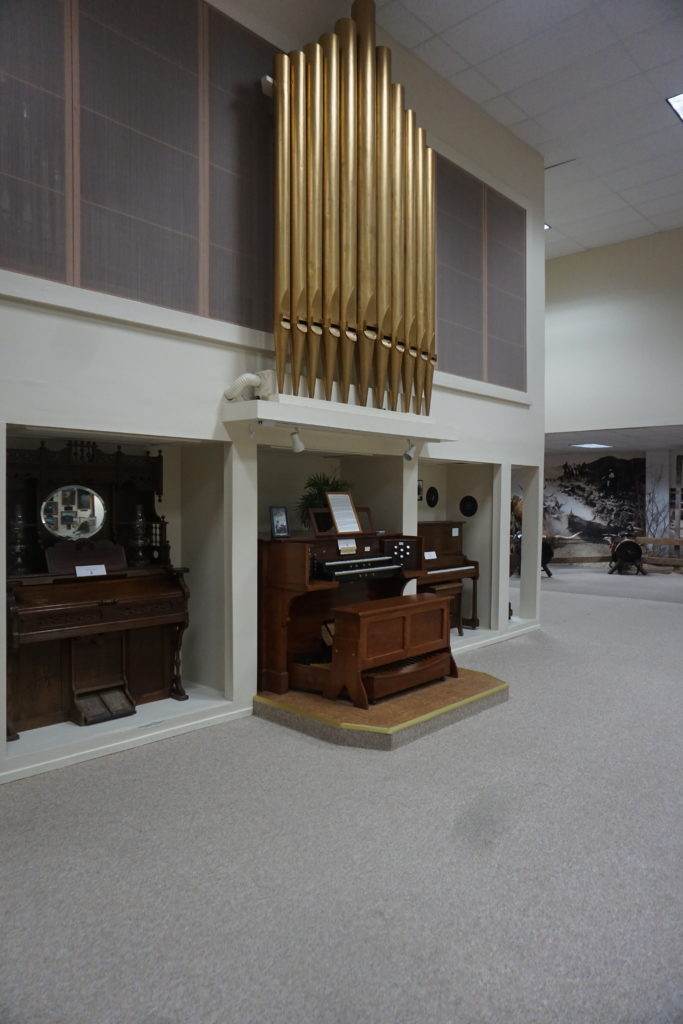
“I served as a curator, an educator, and a director,” said Chávez, who continued to teach through this period and worked as a freelance journalist, which she still does today. “I was doing all the things I am now doing here.”
In 2022, her husband, Miguel Chávez, who has a doctorate in Chicano studies, was hired as a professor at Imperial Valley College—and her journey to her current position began.
During this time, she started teaching art history part-time at Imperial Valley College (which she currently maintains) in addition to online classes for higher educational institutions back in Texas. However, when the position of museum director opened, upon the retirement of longtime Director Lynn Housouer, Chávez sought the position. She was hired in December 2022 and began her tenure in January 2023.
“It’s a privilege to be the steward of the collections here for the Imperial Valley community,” she said. “It’s not about me, it’s about serving the community.”
Joining her as a new full-time staff member is Tyler Brinkerhoff, the museum’s archivist.
Together, they, along with the museum’s part-time staff, over a hundred volunteers, the Imperial County Historical Society board, and community sponsors, are working to enhance the museum experience for the community. That includes adding a summer program this year, including general admission for visitors and free programs for youths, ranging from story times to arts and crafts, and a teen night.
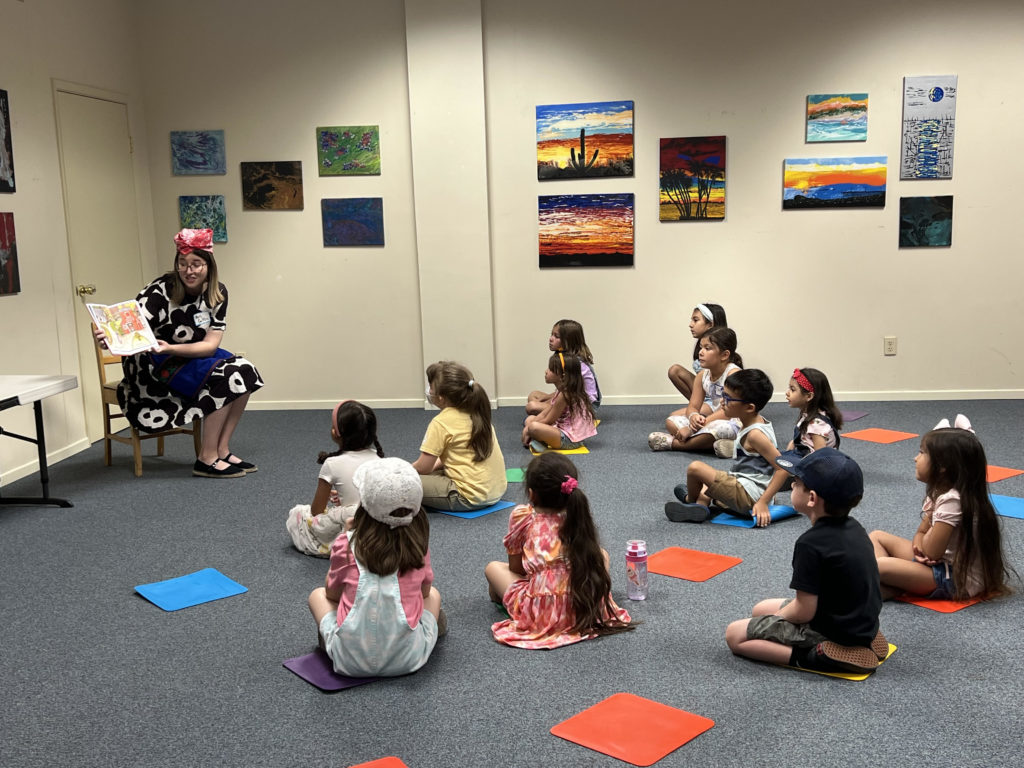
As of Sept. 12, the museum began its fall schedule, which this year will include rotating, focused exhibits showcasing local Imperial Valley talent. This currently includes a photography exhibit from the late Leo Hetzel, who from 1913 until his death in 1940, spent his life capturing life in the Imperial Valley on film. This exhibit will be on display through Sunday, Oct. 8.
Along with new rotating exhibits, the museum will also feature its annual Pioneers’ Day, which celebrates the work of those who settled the Imperial Valley, in February 2024. “Our annual Pioneers’ Day is renowned throughout the Valley as an opportunity to experience hands-on demonstrations of historical activities, like churning butter and riding old tractors,” Chávez said.
She added, “Throughout the year, we have more free family days planned and other public events to continue to provide fun and educational experiences to our community.”
Another annual tradition of the museum is its Holiday Tours event held in December, which celebrates the Valley’s ethnic diversity through food and entertainment.
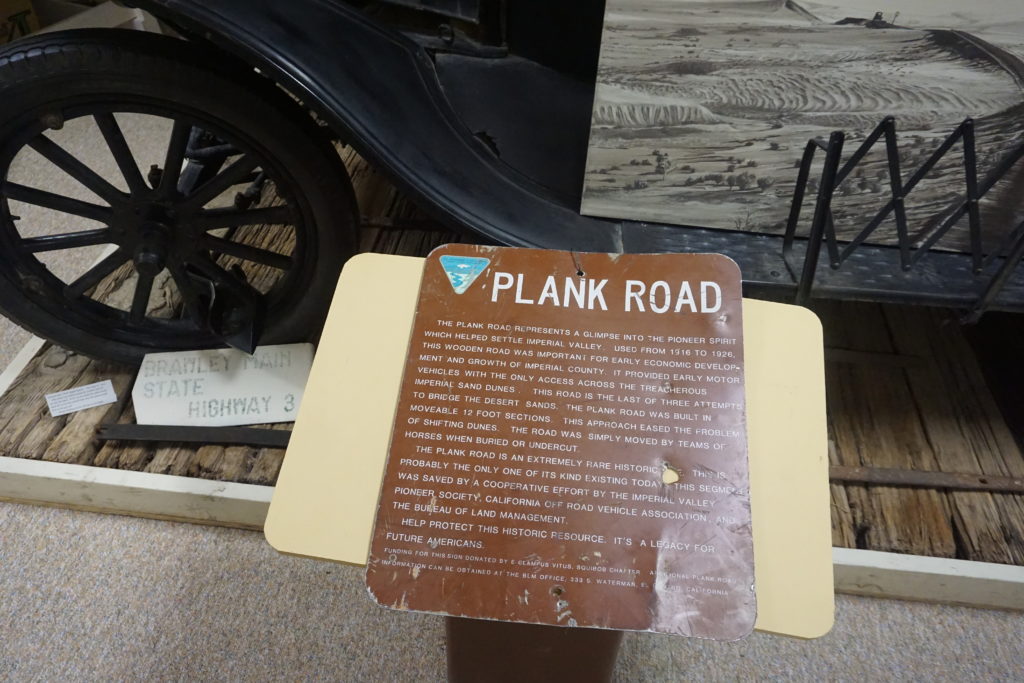
The museum’s fall hours are Tuesdays through Saturdays, 10 a.m. to 4 p.m. and Sunday 12 p.m. to 5 p.m. Admission is free for children five and under; $5 for students of all ages, military, and senior citizens; and $10 for general admission.
Chávez said she is excited for the community to come and see the museum and proud to be a part of the museum’s mission to serve the community.
“This role not only speaks to my diverse skillset but also aligns with my personal calling to serve my community and spark curiosity through educational programming,” she said. “I look forward to continuing to expand our museum’s public outreach and bring awareness to our mission as a resource for Imperial Valley history for our community and beyond.”
